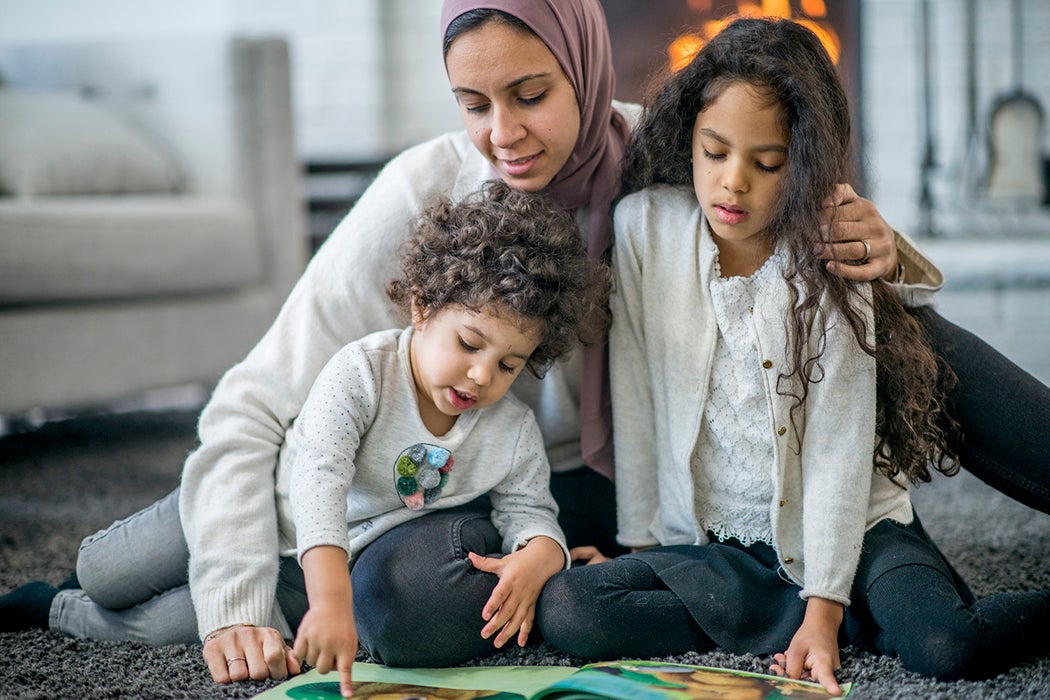Inclusivity in books has been a hot topic for years. As education scholar Bernice E. Cullinan notes, back in the 1970s, parents were starting to demand that children’s literature encompass everything that could be found in children’s lives—good, bad, or uncomfortable. “We wanted books that were relevant to children who had only one parent, or no parents; books that dealt with drugs, sex, death, divorce, and with unique problems of particular ethnic groups. We were tired of the white, middle class, suburban syndrome in children’s textbooks and their literature.”
Now parents are pointing out that it’s not enough to have more picture books about “big issues.” Publisher (and parent) Denene Millner wrote recently in the New York Times about how black children (and white children) benefit from books that “engage with their everyday experiences”—not just books about the exceptional leaders of the civil rights movement, famous athletes and entertainers, and other various “firsts.” She argues that offering kids picture books about slavery is not enough, and not truly inclusive.
Then there is the question of graphic descriptions of death and loss in “children’s classics” like Mrs. Frisby and the Rats of NIMH and Harry Potter. While children will undoubtedly counter myriad difficulties as they navigate life, and it does them a disservice to pretend otherwise, exposure is a double edged sword. If children can have too little reality, they can also have too much. As Cullinan points out, if “it is difficult for mature men and women to cope with the impact of tragedies, we should not prematurely burden children with them.”
While Cullinan maintains that there is a place for reality in the books we prescribe for the next generation, she notes, “adults who believe childhood should be a time of carefree happiness question the practice of exposing children to situations which even adults cannot understand or tolerate.” But she also points out that children deal “with social and personal problems at a younger age than ever before,” and early on in their lives know that “it is not a peaceful world.”
Weekly Newsletter
Cullinan suggests that in the end, perhaps what’s needed is a mix of both educational and fun books, offering both intense stories of history, war, and death, along with fantasy worlds children can escape into: ‘Those who advocate this viewpoint, contend that childhood should be filled with laughter, fun and excitement, and that children need release through their literature, especially when they don’t have much to laugh about in their daily world.”







